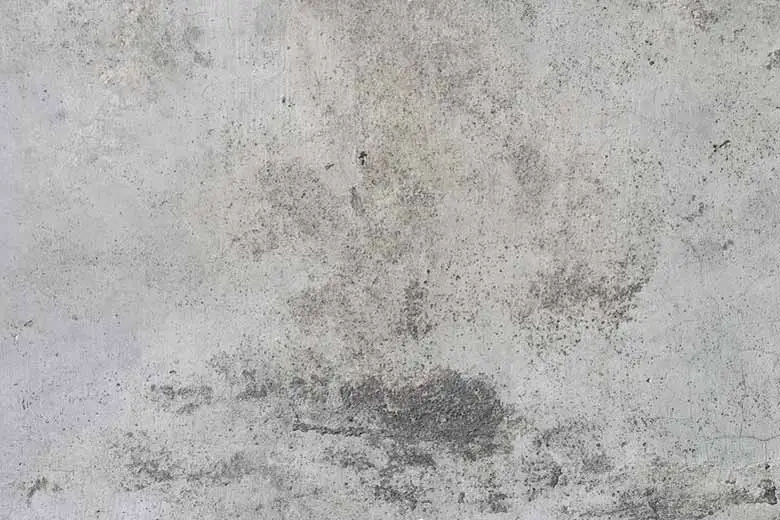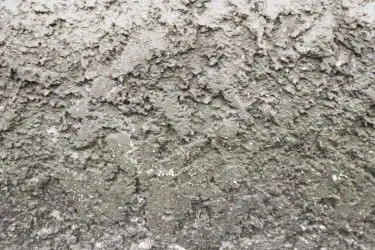We see concrete all around us in our everyday lives, from the roads we drive on to the buildings we live and work in; it is virtually everywhere. In fact, concrete is the second most used material in the construction industry after water. However, there are still many things that people don’t know about it, such as whether it is a porous material.
Concrete is a porous material, though the extent of its porosity depends on the type of concrete and whether a sealant has been applied on its surface. It is impossible to create concrete that is not porous at all due to the materials it is made of, but the size of the pores can be controlled.
In this article, we’ll be discussing whether or not concrete is a porous material, how you can decrease its porosity, and a few basic facts about concrete that you need to know.

Table of Contents
What You Need To Know About Concrete
Although both terms are sometimes used interchangeably, cement and concrete are not the same.
Cement is a fine powdery material made by grinding a combination of limestone and clay that have previously been heated with gypsum to create the material we know as cement. Cement is a commonly used ingredient in various types of plasters, concrete, and mortar.
Concrete is a compound material made up of various components, including an aggregate (made up of crushed stone or gravel and sand) and a binding material, most commonly cement.
There are several different kinds of concrete available on the market. Each of them has a different ratio of aggregate to binder and aggregate material used in the mixture.
When cement is used as the binder, water is added to the dry concrete mixture to create a semi-fluid sludge that can then be used to create different shaped objects, usually by pouring the mixture into a form.
Concrete is used in most forms of construction, from roads and pavements to buildings and foundations for other structures.
After the concrete is poured, it will start to dry and harden in just a few hours, and the result will be a highly durable object.
However, contrary to what you might think, concrete actually gets stronger the longer it takes to dry.
When concrete is allowed to fully cure (meaning it is kept slightly wet for the entire period), it takes roughly 28 days and can then usually support up to 4000 pounds of weight per square inch.
Read more: Time for Concrete to Cure and Turn White: How long will it take?
Concrete has high compressive strength but far lower tensile strength (only about 8% of its compressive strength). This means that it is adept at resisting forces that reduce its size (push it together) but not so good at resisting forces that stress the material by stretching it (pulling it apart).
For this reason, concrete is often reinforced with higher tensile strength like steel.
It also has a relatively low coefficient of thermal expansion and starts to shrink the older it gets. The shrinkage, tension, and stress concrete experiences throughout its lifetime are what lead to it cracking and deforming.
Is Concrete Porous?
Concrete is made up of different materials, all of which have different sizes and take up and fill up space to varying degrees. For this reason, concrete is a porous material, as all of the various components aren’t able to fill up every nook and cranny of the form it is poured into.
However, this doesn’t mean that there are going to be holes in objects made of concrete. For the most part, you actually can’t see the pores in the concrete.
The pores in concrete are probably a result of the use of cement in the mixture. The ‘calcium silicate hydrates’ (or CSH) that form when cement powder is mixed with water create tight bonds in the material and are what make cement so durable.
But a strange thing happens as a result of this process; pores are formed between the bonds in the CSH. These pores are known as gel pores and are around 3 nanometers in width (roughly an eight millionth of an inch).
However, there are other types of pores formed during the mixing of cement. The water that is combined with the cement powder that doesn’t react and form CSH gets trapped inside the cement and creates what is known as capillary pores.
Generally, gel pores are nothing to worry about in a cement mixture because they are so small, but capillary pores, which are larger, can create problems and decrease the end product’s strength.
Cement has so many pores, in fact, that 96% of the pores are connected.
It should make sense then that concrete is also a porous material since cement is one of its main components.
Another thing that makes concrete a porous material is the fact that it is composed of chunks of rock and finer materials like sand and cement.
If you’ve ever tried to fill a glass container with rocks, you’ll know just how many unfilled spaces are left, so in a way, the glass is never really filled.
The same is true for concrete when it is poured into a concrete form.
The sand and cement are meant to fill in the gaps between the rocks and gravel but aren’t always 100% effective in doing so.
So while the sand-cement-water mixture will fill most gaps between rocks, there will always be a few gaps left unfilled.
Is There a Way To Make Concrete Less Porous?
In an attempt to make concrete an even stronger and more durable material, one would have to decrease its porosity. So is there a way to do that?
The first way one could do this would not necessarily make the concrete less porous, but it would make it less permeable, meaning that things like water and other things that could weaken it cannot seep into the concrete as easily as before.
One could apply a sealant to the concrete’s surface to make it more resistant to environmental factors.
The best way to make concrete objects less porous is to use a special type of concrete called high-performance concrete (HPC).
HPC was developed in the 1980s by engineers trying to make concrete denser and less porous. It gave them a way of reducing the capillary pores in the concrete by changing the water-to-cement ratio.
This meant that they were using less water and more cement, which resulted in more CSH and less residual water once the cement has been hydrated.
This created a much stronger and durable form of the conventional concrete that was used before that. HPC is most often used to construct things that experience frequent stress, like bridges, tunnels, and multi-layered parking structures.
However, one can’t speak about HPC and ignore the increased impact it has on the environment since the process of creating cement has quite a significant impact on the environment.
Because HPC uses much more cement than conventional concrete, it also has a more significant environmental impact.
Conclusion
Concrete is a wonderful material that is used in almost every kind of construction because of its strength and versatility.
However, it is not perfect and has some flaws, including being porous.
If you are thinking of using concrete in your next building project, you will need to take into consideration the issues that these pores might cause and adjust its use from there on out.



